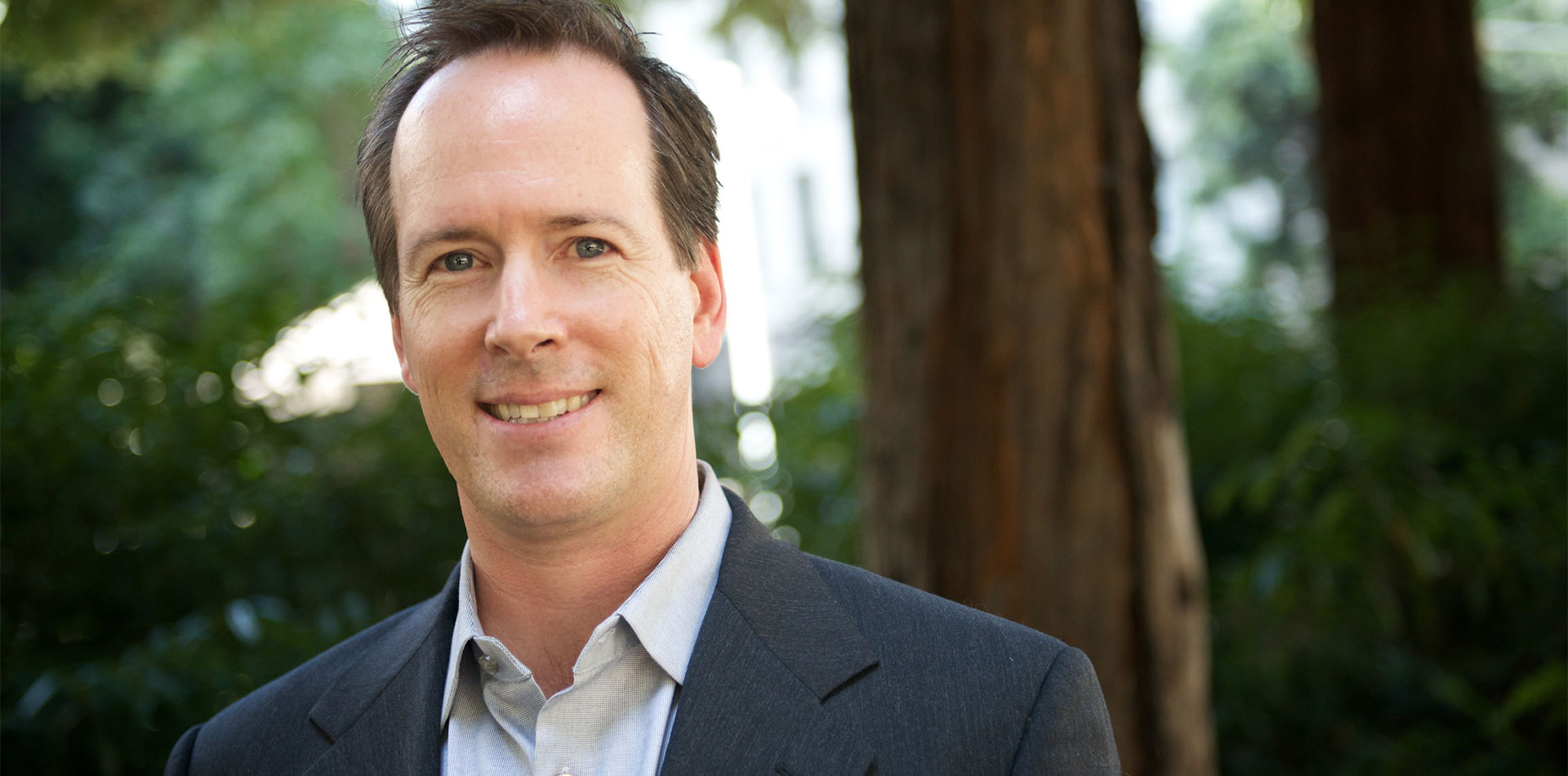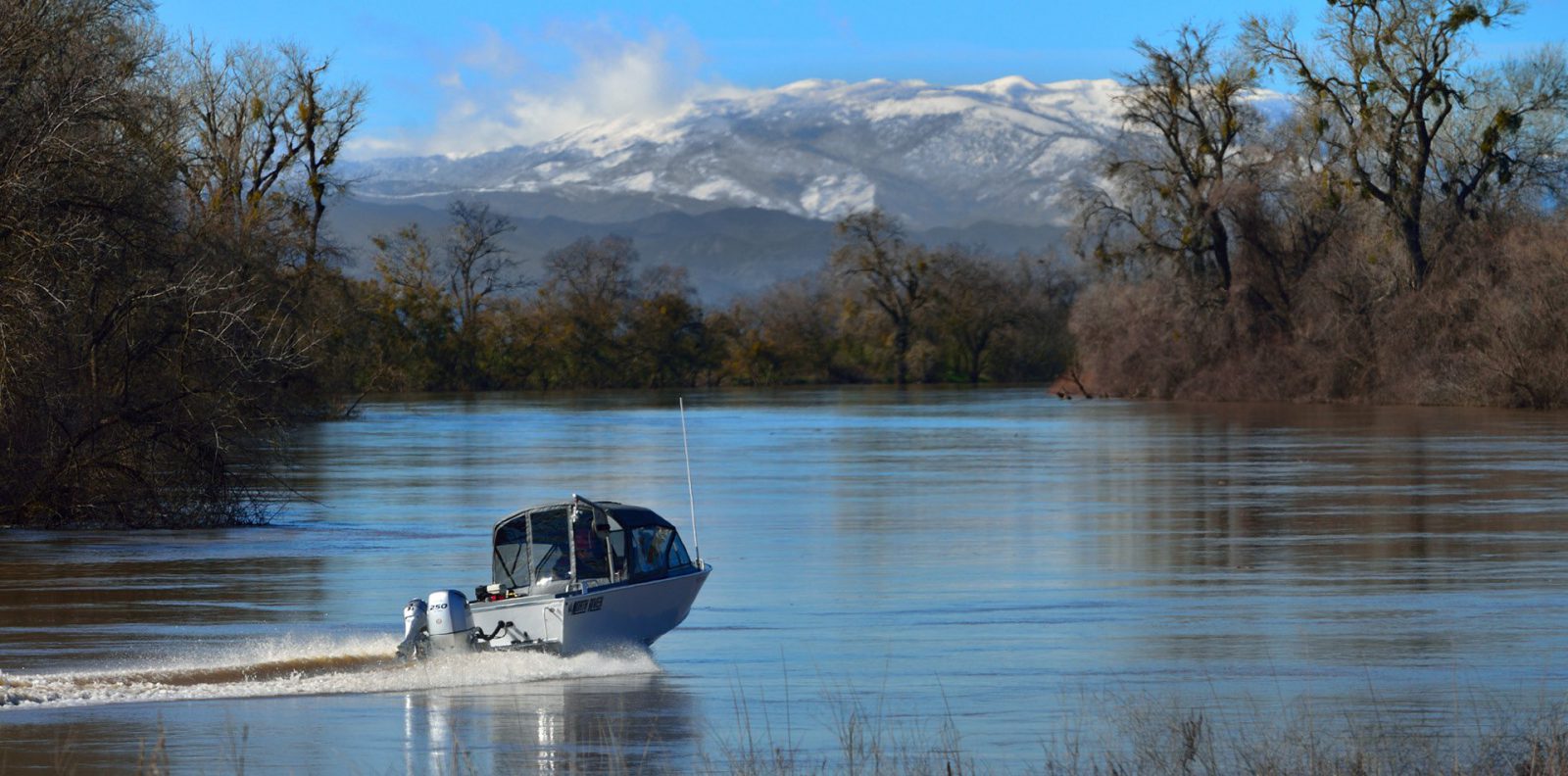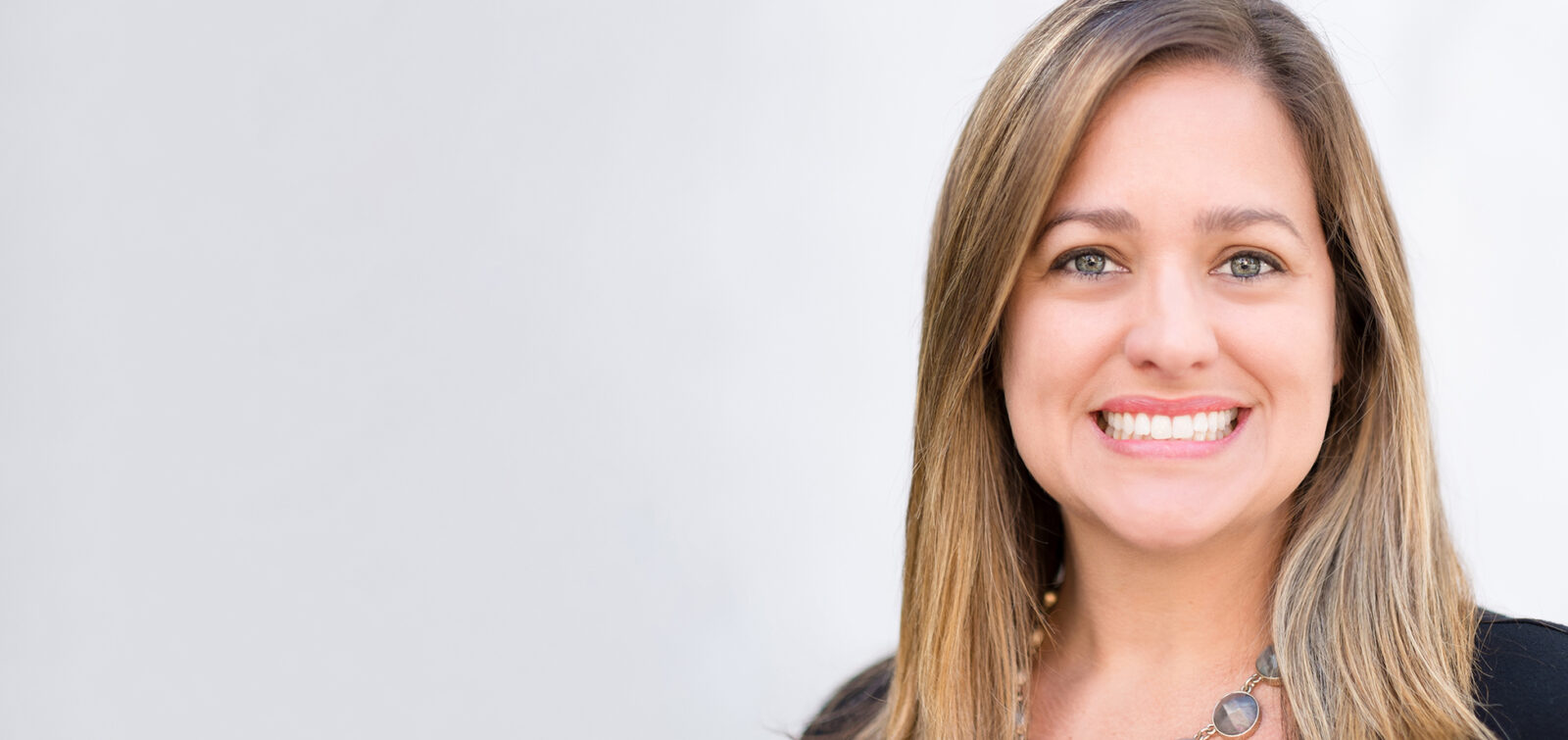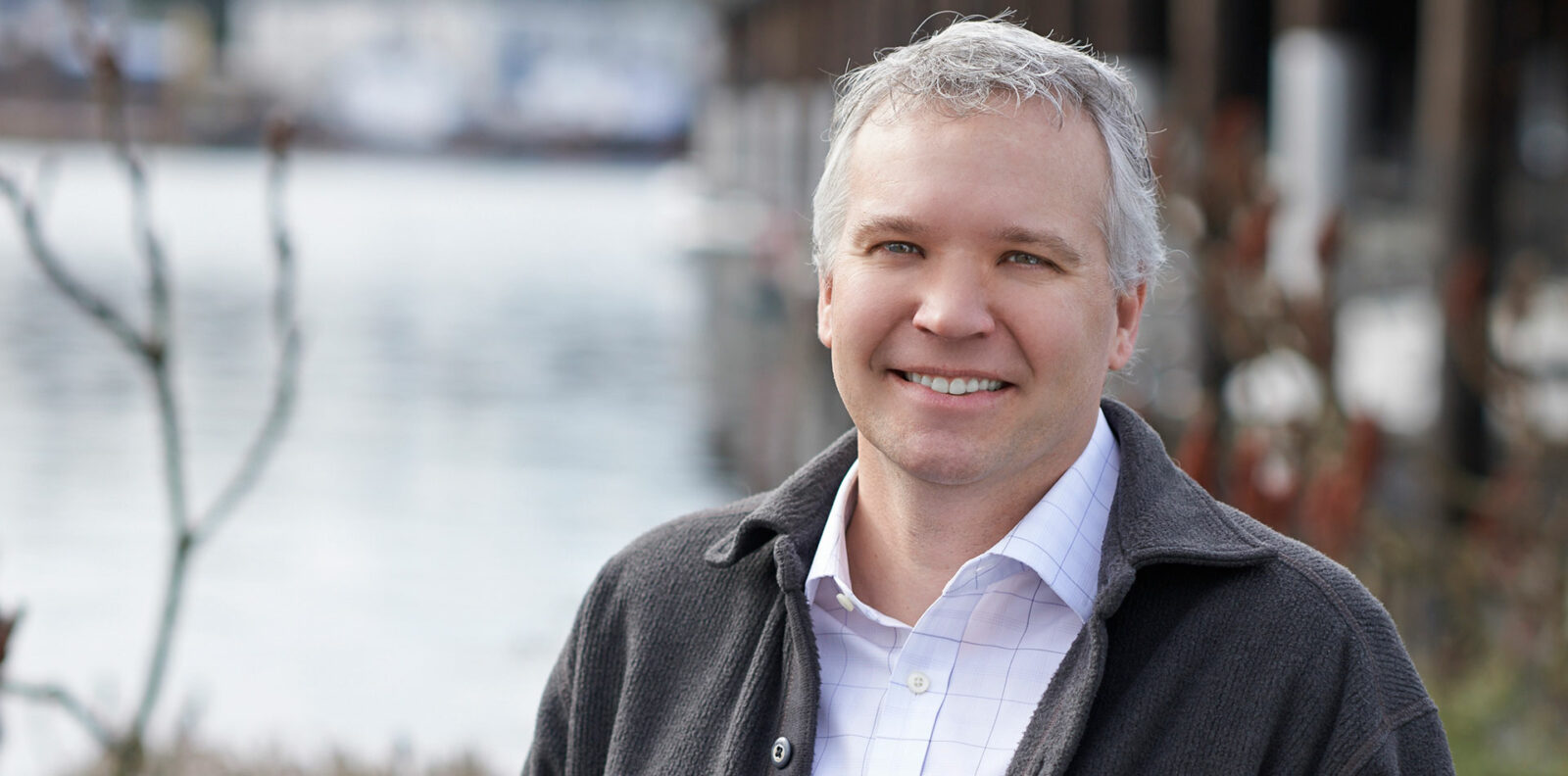Matt works with a team of archaeologists in the San Francisco Bay Area on a large variety of both multidisciplinary CEQA/NEPA projects, as well as stand-alone archaeological testing, monitoring, and data recovery projects.
1. What is your favorite ESA moment/memory so far?
The NorCal Region Worknic in 2019, which was a company event on a ranch in Northern California. It was great to have a family-oriented work event in such a beautiful and unique spot. It was fun to meet everyone’s family, and introduce my family to my co-employee owners.
2. What does it mean to you to be part of an employee-owned company?
To me employee ownership means that we all have each other’s back, we’re all working together towards a common goal, and we all benefit directly from each other’s efforts. I’ve worked for both the Federal government and other private companies, and there is a totally different vibe being part of an employee-owned company. It makes a huge difference.
3. What has been your favorite job in your career and why?
I was an underwater archaeologist with the National Park Service for 18 years before coming to ESA, which was a pretty great job. But I’d say my favorite jobs change as my life changes. Before I was married and had kids, travelling non-stop to dive on historical shipwrecks in National Parks around the country was unbeatable; for life with a family, working at ESA in the San Francisco Bay Area and sharing my adventures with them is even more perfect!
4. What keeps you coming to work here at ESA every day?
The large variety of projects I work on every day keeps me engaged and always on my toes. That and my awesome co-employee owners that I communicate with non-stop all day long!
5. In a nutshell, what kind of work does your team do?
Archaeological survey, testing, monitoring, and data recovery, along with tribal consultation, for public and private clients.
6. What’s been your favorite project to work on here at ESA and what impact did it have on the community and/or environment?
Honestly, my favorite projects are those where we DO NOT find any archaeological remains because that means the project is not disturbing any non-renewable archaeological resources.
7. In relation to the work you do, what’s one thing people can do in their everyday lives that can help create a more sustainable future?
Understanding the past is a hugely important part of creating a more sustainable future. Archaeology can teach us about both the distant and more recent past. Protecting and preserving non-renewable archaeological resources is vital to educating future generations and providing a direct connection to the past.
8. Have you had the opportunity to work on any career-defining projects?
My most career-defining project was pre-ESA when I worked as an underwater archaeologist with the National Park Service. I was the archaeological field director for recovery of a Civil War submarine called the H.L. Hunley in Charleston, South Carolina. It was a massive, year-long, multi-agency project to excavate, document, and raise the Hunley.
9. What is your hidden or special talent(s)?
I’m a certified SCUBA instructor (although I haven’t taught a diving class in years).
10. What’s your favorite thing to do when you are out of the office?
I love hiking, camping, mountain biking, and skiing with my family. Just being outside in nature is my favorite thing!
11. If you had one free hour each day, how would you use it?
Reading. I love to escape into a good book, but have a hard time finding distraction-free blocks of time to do so.
Matt and his family mountain biking on Angel Island.







